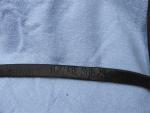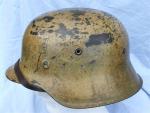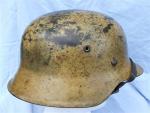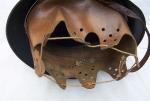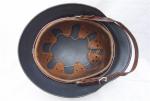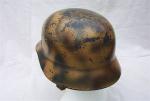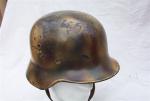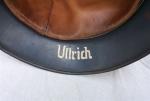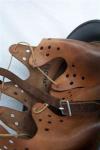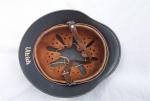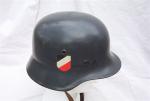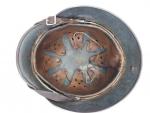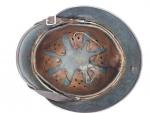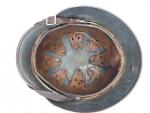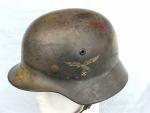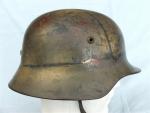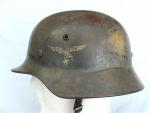-
Posts
1,782 -
Joined
-
Last visited
Content Type
Profiles
Forums
Blogs
Gallery
Events
Store
Everything posted by Bob Lyons
-

RAAF Museum Point Cook
Bob Lyons replied to Bob Lyons's topic in Great Britain: Militaria: Badges, Uniforms & Equipment
Hi Christophe, I couldn't make it to the Avalon air show this year, I hope you had a great time there! I found this on the Sabre courtesy of the museum web page... Bob CAC CA-26 Avon Sabre A94-101 The Commonwealth Aircraft Corporation (CAC) Avon Sabre was based on the design of the North American F86 Sabre, modified to meet local conditions and requirements. CAC won the contract to produce one prototype (A94-101) and 70 production aircraft in February 1951. There were a number of modifications made to the Avon Sabre making it different from the North American Sabre. The following list of modifications made a huge improvement over the original Sabre: installation of the Rolls Royce Avon RA.7 turbojet engine, later replaced by the Rolls Royce Mk 26 Avon engine, giving substantially more powerincreased diameter of the nose air intake to accommodate the larger enginerevised cockpit layoutheavier armament ? cannons instead of machine gunsincreased fuel capacityfitting of the Plessey isopropyl nitrate liquid fuel combustion starter, which allowed the aircraft to start without an external power source.changeslides("initial") createnumbers() java script:changeslides(0) 1 2 The aircraft on display (A94-101) is the first Australian-built Avon Sabre and first flew on 3 August 1953. During a test flight of this aircraft at Avalon Airfield on 21 August 1953, the pilot, Flight Lieutenant Bill Scott, took the aircraft to a height of 42 000 feet (12 800 metres), put it into a dive and at 36 000 feet (11 000 metres) exceeded the sound barrier (at an approximate speed of 1042 kilometres per hour), thus becoming the first aircraft in Australia to exceed the speed of sound. After initial flying in the hands of the manufacturer, the aircraft was loaned to the RAAF's Aircraft Research and Development Unit (ARDU) in April 1955 for testing. After returning to CAC, the aircraft was authorised for conversion to an instructional airframe in August 1957, and was received at Base Squadron Wagga in March 1958 for use by the RAAF School of Technical Training. By June 1977, the aircraft had been transferred to Point Cook on account of its historical significance, and was placed on display by the RAAF Museum. -
Hello James and best wishes from Australia! I could recommend a book from New Zealand called 'The Kiwi Scorpions' by Brendan O'Carroll (Token Publishing Limited ISBN 1-870192-41-9 Published 2000), which has a couple of pages of colour photos of these badges at the rear of the book, and yours is similar to the types shown, I can spot some small differences between yours and the types illustrated in the book but yours is very close, (see pages 202 and 203), it states in the description: "The official brass LRDG badges was produced in early 1942, The first issues tended to be cast, whereas later the sharper, struck examples became more evident. Also there was a variation in quality, finish and design of the scorpion and circle." If you like and when my wife returns from seeing the grandkids later this evening I will get the camera back and can try and get a couple of photos of the 2 pages for you. Best wishes Bob



